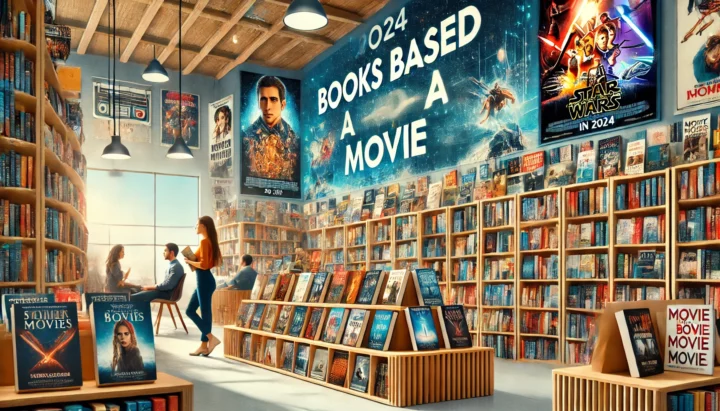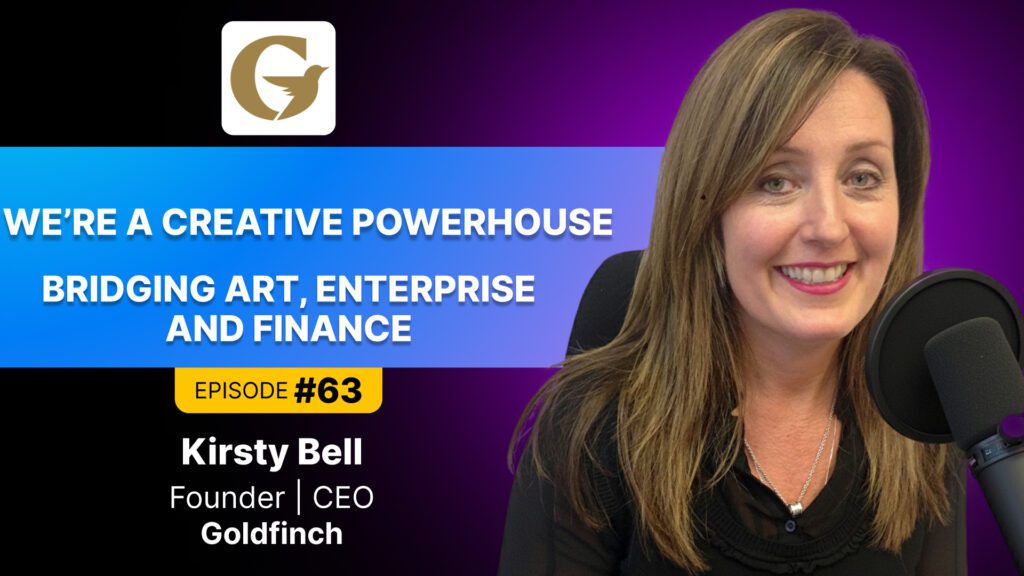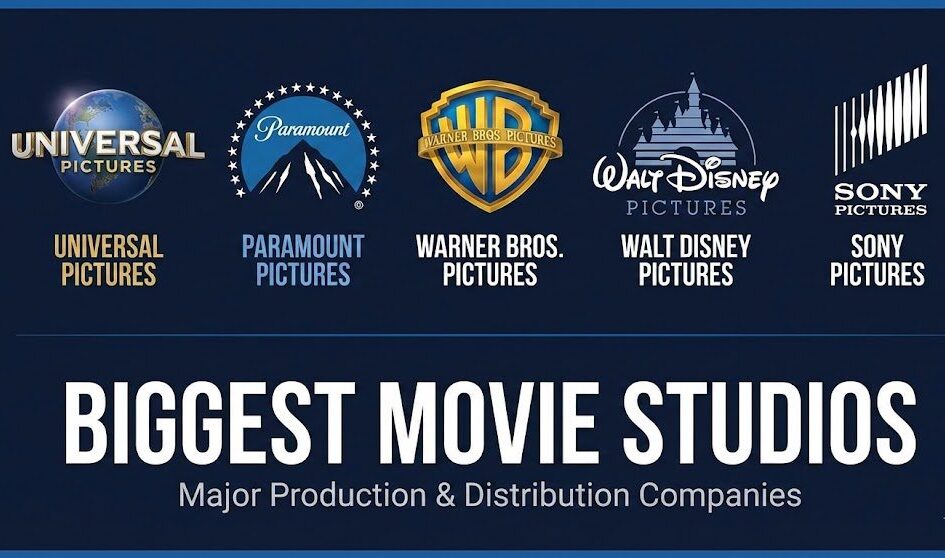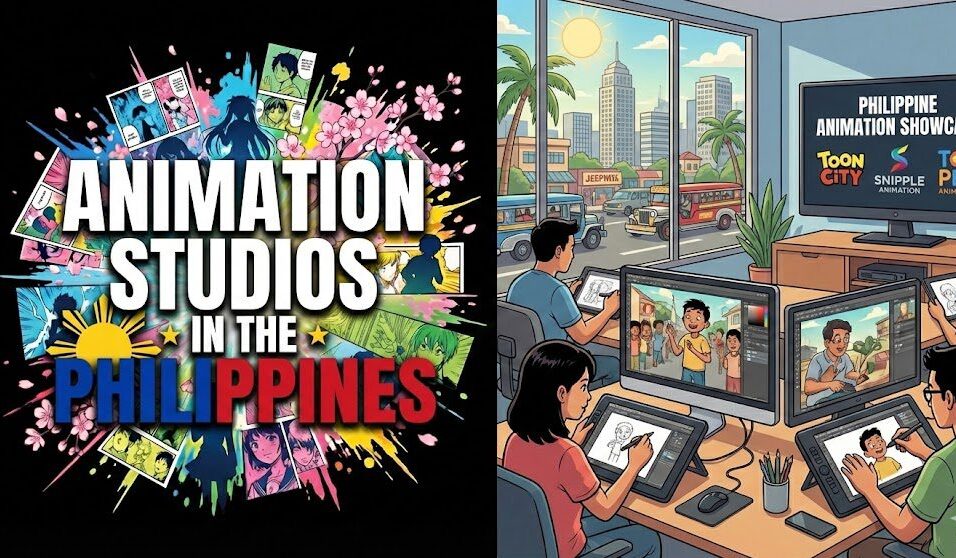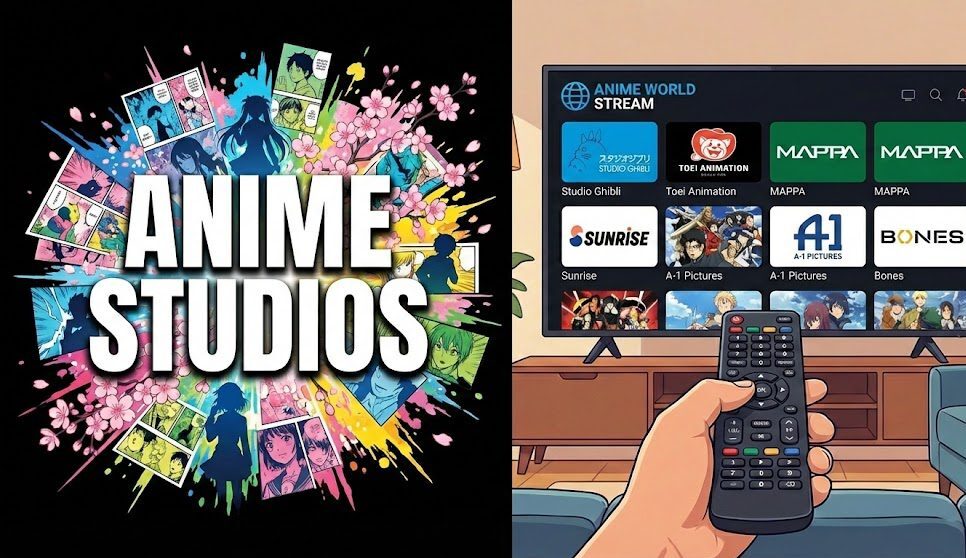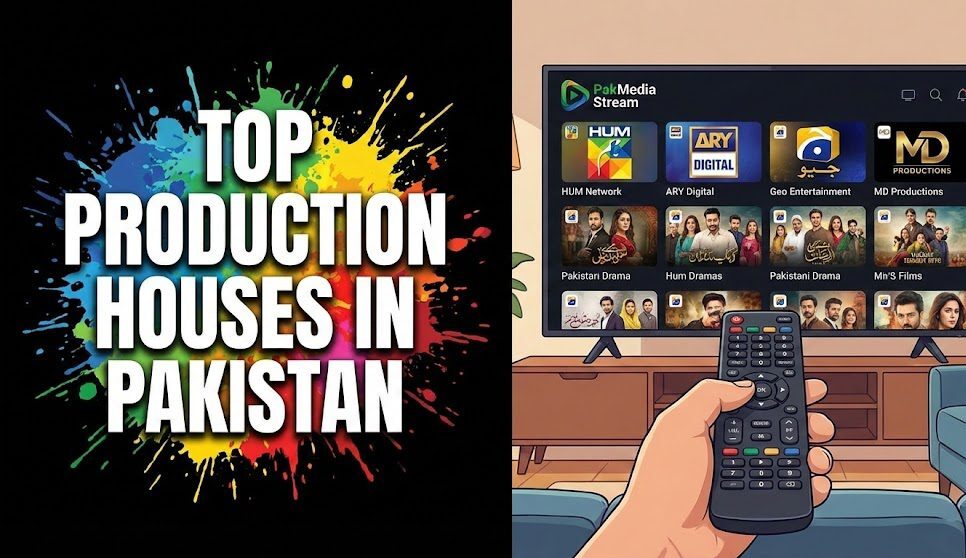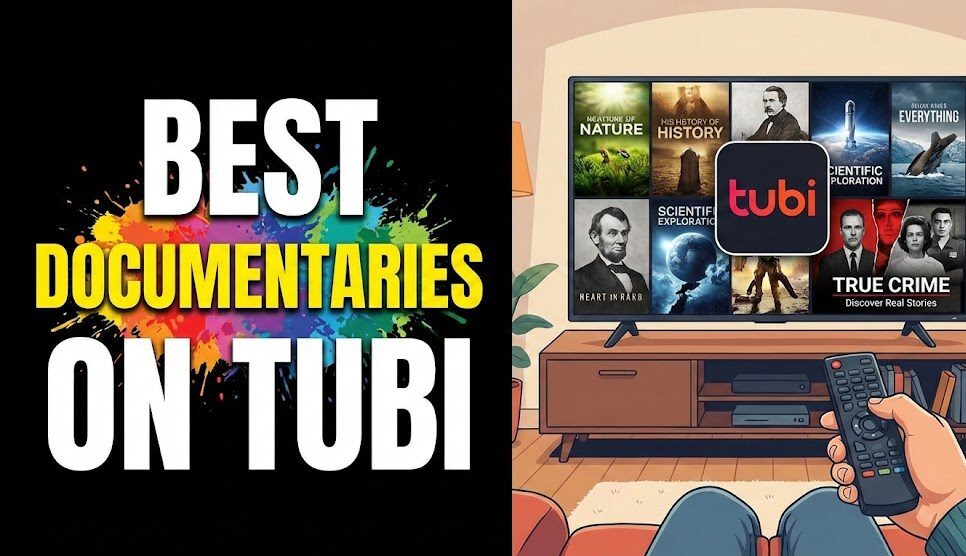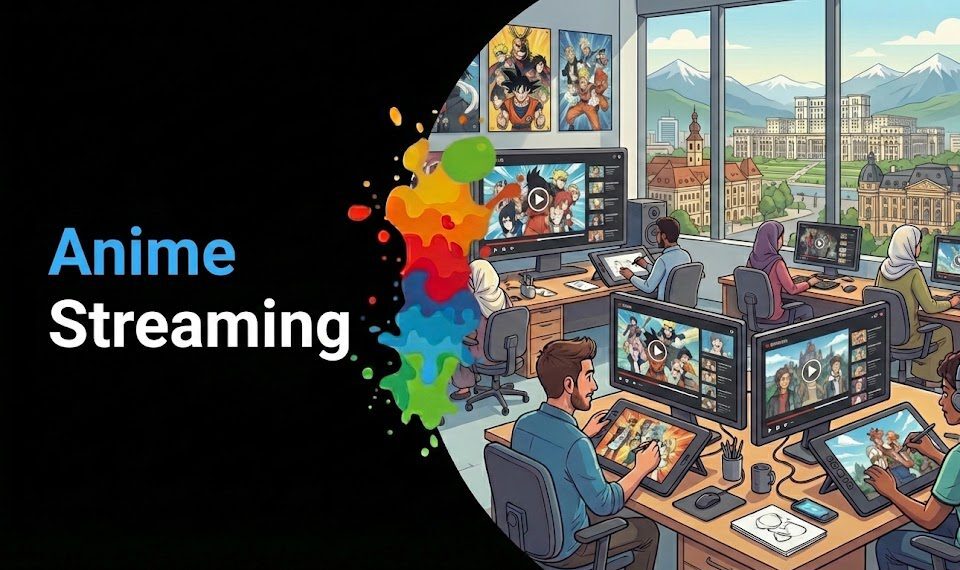Turning a book into film is a powerful way to expand a story’s reach and bring its characters and narrative to life for new audiences. For Vitrina’s audience of content buyers, distributors, and production houses, understanding the process, challenges, and strategies involved in these adaptations is crucial for making informed decisions and creating successful productions. This guide will walk you through the key steps of adapting a book into a film, discussing legal considerations, common pitfalls, and industry insights.
Introduction
Adapting a book into a film offers a unique opportunity to turn a beloved story into a visual experience that can reach broader audiences. For Vitrina’s clients—whether they are content buyers, distributors, or producers—understanding how the adaptation process works is essential for making smart decisions that ensure both creative and commercial success. This article delves into the steps involved in turning a book into a film, from securing rights to engaging fanbases, with a special focus on how Vitrina connects industry professionals to support these transformations.
Key Takeaways
| Topic | Summary |
| Adaptation Process | Key steps in adapting a book into a film, including writing, casting, and production |
| Challenges and Costs | Learn about creative challenges and budgeting in book-to-film adaptations |
| Legal Considerations | Understand the importance of securing rights and handling legal contracts |
| Industry Success | Explore case studies of successful book-to-film adaptations |
| Vitrina’s Role | Learn how Vitrina connects content buyers and producers for film adaptations |
Understanding Book into Film Adaptation
What Makes a Successful Book into Film Adaptation?
Turning a book into a film requires an understanding of what makes certain stories resonate on screen. Some factors include:
- Strong characters: Characters that audiences can connect with often translate well to film.
- Clear narrative structure: Books with a well-paced plot are easier to adapt.
- Visual appeal: Stories that can be translated into compelling visuals tend to succeed more easily on the big screen.
Famous Book into Film Adaptations
There are several iconic book-to-film adaptations that stand out, such as:
- Harry Potter: A global phenomenon, this adaptation expanded the fanbase of the original books through eight blockbuster films.
- The Lord of the Rings: Known for its groundbreaking visual effects, the adaptation captured the richness of Tolkien’s universe.
- The Hunger Games: A dystopian story that gained massive appeal through its faithful adaptation and gripping visual storytelling.
Best Genres for Book into Film Adaptations
Certain genres lend themselves particularly well to adaptation. These include:
- Fantasy: Rich world-building, such as in Game of Thrones, offers endless visual opportunities.
- Thrillers: Fast-paced plots in stories like Gone Girl translate easily into tense, gripping films.
- Romance: Books like Pride and Prejudice have proven that romance can create timeless movie moments.
Is Every Book Suitable for Film Adaptation?
Not all books are suitable for film. Some reasons include:
- Too complex narratives: Books with multiple timelines or heavy internal monologues may not transition well to screen.
- Minimal visual elements: Stories that lack visual action or interaction may struggle to engage film audiences.
From Bestseller to Blockbuster

The Book into Film Adaptation Process
How to Adapt a Book into a Film
Adapting a book into a film involves several essential steps:
- Rights acquisition: The legal rights to adapt the book must be secured from the author or publisher.
- Screenwriting: A skilled screenwriter translates the book into a film script, focusing on visual storytelling.
- Pre-production: This stage includes casting, securing locations, and building the production team.
- Filming: Once pre-production is complete, the film is shot according to the script.
- Post-production: Editing, sound design, and visual effects bring the final film together.
Steps to Turn a Book into a Film
Each phase of adaptation requires careful planning:
- Secure the rights: Without the legal rights, no adaptation can move forward.
- Adapt the story: Write a screenplay that condenses the book while keeping its core themes intact.
- Production and casting: Choose actors who fit the characters and create a production schedule that aligns with the budget.
Final edits: Polishing the film is crucial to ensure it stays true to the original story while engaging the audience.
Bring Your Story to Screen

Legal and Financial Considerations
Book into Film: Legal Rights and Considerations
Securing the legal rights to adapt a book into a film is the first critical step:
- Option agreements: Producers often secure an option to adapt a book, giving them exclusive rights for a set period.
- Full rights purchase: In some cases, studios may buy the rights outright, ensuring no other adaptations are made.
- Contract negotiations: Clear contracts outlining the author’s involvement, royalties, and creative control must be established.
How Much Does It Cost to Adapt a Book into a Film?
The cost of adapting a book into a film can vary widely based on the book’s popularity and the film’s scale. Factors include:
- Rights acquisition: Bestselling books often come with higher costs for rights.
- Production expenses: The genre, required locations, and special effects impact production budgets.
- Marketing and distribution: Promoting the film and securing international distribution adds to the overall cost.
Book into Film Adaptation Costs Explained
Typical costs include:
- Rights acquisition: $10,000 to $500,000 or more, depending on the book.
- Production: From low-budget indie films at $1 million to blockbuster adaptations costing over $100 million.
- Marketing: Major releases can spend up to $50 million on global marketing campaigns.
How to Pitch a Book for Film Adaptation
For authors or publishers seeking to pitch their book for film adaptation, the process includes:
- Creating a pitch package: This should include a summary, key visuals, and any notable selling points (e.g., strong fanbase).
- Targeting the right producers: Not all producers will be a good fit for every genre.
- Demonstrating market appeal: Highlight why the book’s audience would translate to film success.
Adapt Your Bestseller with Ease

Challenges and Common Mistakes
Challenges in Adapting a Book into a Film
Some of the common challenges in adapting a book into a film include:
- Condensing complex plots: Books often contain subplots that may need to be cut to fit a two-hour movie.
- Maintaining character depth: In films, there’s less time to develop characters, which can be challenging for books with intricate backstories.
- Translating internal dialogue: Books often rely on inner thoughts, which can be tricky to convey visually.
Common Mistakes in Adapting a Book into a Film
Avoiding these mistakes is key to a successful adaptation:
- Straying too far from the source material: Fans of the book expect the film to remain true to key plot points and characters.
- Overcomplicating the screenplay: Trying to include every detail from the book can make the film feel bloated or hard to follow.
Why Book into Film Adaptations Fail
Some adaptations fail due to:
- Miscasting: When actors don’t align with audience expectations of beloved characters.
- Over-editing: Cutting out key scenes can alienate fans and make the story feel rushed.
- Budgetary issues: Low production budgets can prevent a book from being faithfully represented on screen.
How to Balance Plot Complexity in Book to Film Adaptations
Balancing complex plots involves:
- Focusing on key themes: Keep the core message intact while trimming unnecessary subplots.
- Character arcs: Ensure that the main character’s journey is clear and engaging.
Best Practices and Strategies
Best Practices for Book into Film Adaptation
Here are some industry best practices to consider when adapting a book into a film:
- Respect the source material: Stay true to the book’s themes and characters.
- Streamline the plot: Don’t try to fit every subplot into the movie—focus on the main narrative.
- Collaborate with the author: When possible, involve the original author in the script development to ensure the film stays true to the book.
How to Stay True to the Original Book in Film Adaptations
Maintaining the essence of the book in an adaptation requires:
- Focusing on core themes: Identify the themes that made the book resonate with readers.
- Retaining iconic scenes: Fans expect to see key moments from the book on screen.
How to Handle Character Development in Book to Film Adaptations
In a film, there’s less time to develop characters compared to a book. Strategies include:
- Condensing backstories: Show character development through action rather than exposition.
- Highlighting key relationships: Focus on the character dynamics that are central to the book’s story.
How to Preserve a Book’s Tone in a Film Adaptation
Preserving the book’s tone involves:
- Staying consistent with the book’s style: Whether it’s dark, humorous, or romantic, the film should reflect the tone of the book.
- Music and cinematography: These elements can enhance the book’s mood and help preserve its atmosphere on screen.
How Do Film Directors Approach Book Adaptations?
Directors bring their own vision to book-to-film adaptations, but the best ones focus on:
- Respecting the story’s essence: Directors like Peter Jackson with The Lord of the Rings have successfully balanced creative interpretation with staying faithful to the source material.
- Using visual storytelling: Films rely on visuals rather than internal dialogue, so directors must creatively convey the book’s themes through imagery.
Marketing, Fan Engagement, and Industry Insights
How to Market a Book Turned into a Film
A successful marketing campaign for a book-to-film adaptation should include:
- Building on the book’s fanbase: Engage readers through social media and fan events.
- Creating engaging trailers: Highlight key scenes that appeal to both fans of the book and general audiences.
- Using influencers: Partner with book influencers or film critics to build buzz.
How to Engage a Book’s Fanbase When Adapting into Film
Engaging a book’s fanbase is essential for the film’s success:
- Involve fans early: Release teasers and behind-the-scenes content to get fans excited.
- Stay faithful to beloved scenes: Make sure key moments from the book are highlighted in promotional materials.
Top Studios Producing Book into Film Adaptations
Top studios known for adapting books into films include:
- Warner Bros.: Known for adaptations like Harry Potter and The Lord of the Rings.
- Netflix: Gaining traction with adaptations such as The Witcher and The Queen’s Gambit.
- 20th Century Fox: Famous for adaptations like The Fault in Our Stars.
Top Screenwriters Known for Book into Film Adaptations
Some of the most respected screenwriters for book-to-film adaptations include:
- David Benioff and D.B. Weiss: Known for adapting Game of Thrones.
- Steve Kloves: Screenwriter for the Harry Potter films, known for staying true to the source material.
Successful Book into Film Franchises
Many book-to-film franchises have dominated the box office, such as:
- The Hunger Games: A young adult dystopian series that captivated both readers and moviegoers.
- Twilight: This franchise became a cultural phenomenon, translating its massive book following into film success.
Book into Film vs Original Screenplay: Key Differences
There are several key differences between adapting a book and writing an original screenplay:
- Pre-existing audience: Book adaptations come with a built-in fanbase, whereas original screenplays must build an audience from scratch.
- Creative freedom: Original screenplays offer more flexibility, while book adaptations must stay true to the source material.
Conclusion
Adapting a book into a film is a rewarding but challenging process that requires careful planning, collaboration, and an understanding of both the source material and the filmmaking industry. For Vitrina’s audience—content buyers, distributors, and producers—navigating this process can lead to the creation of successful and impactful films that resonate with both fans and new audiences alike. Whether you’re securing rights, hiring talent, or engaging with a book’s fanbase, each step is crucial to ensuring the adaptation’s success.
Frequently Asked Questions
Securing adaptation rights is the critical first step.
It can take anywhere from 18 months to 3 years, depending on the project’s complexity.
Costs can range from $1 million for an indie project to $100 million or more for blockbusters.
Not all books are suited for film adaptations, especially if they rely heavily on internal dialogue or non-visual elements.
Yes, Vitrina connects content buyers and producers with industry professionals for film adaptations.
Ready to turn your book into a film? Join Vitrina today and connect with experienced filmmakers, screenwriters, and content buyers around the world. Whether you’re looking to pitch a book for adaptation or find the right production partner, Vitrina is your gateway to the global entertainment industry. Start your journey now and bring your story to the big screen!







